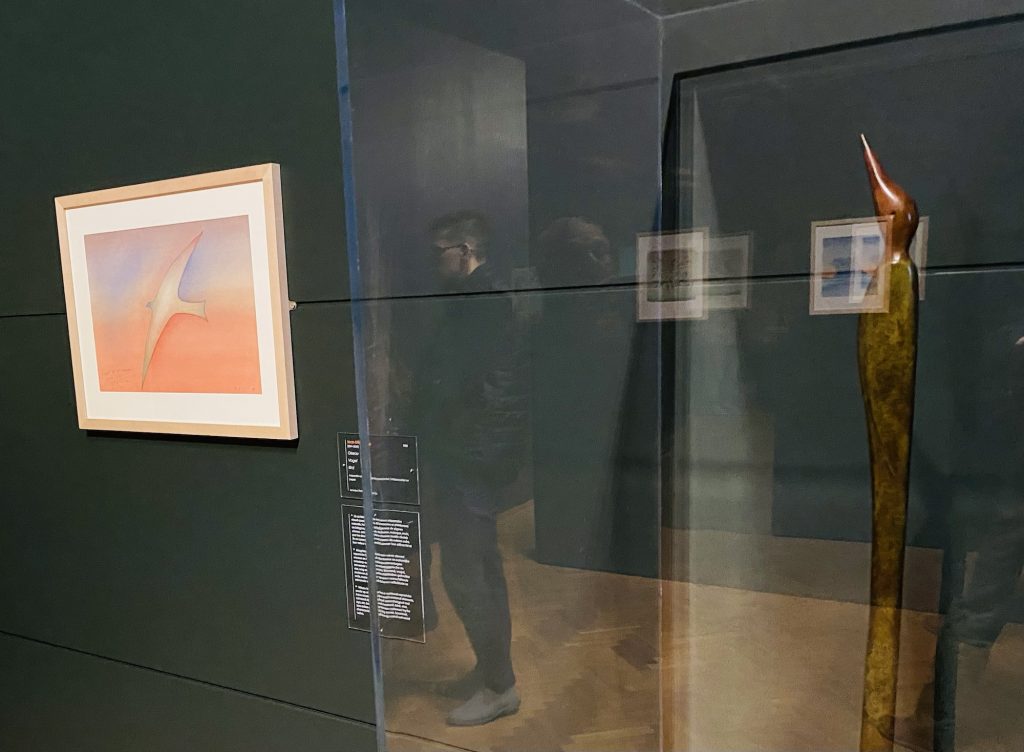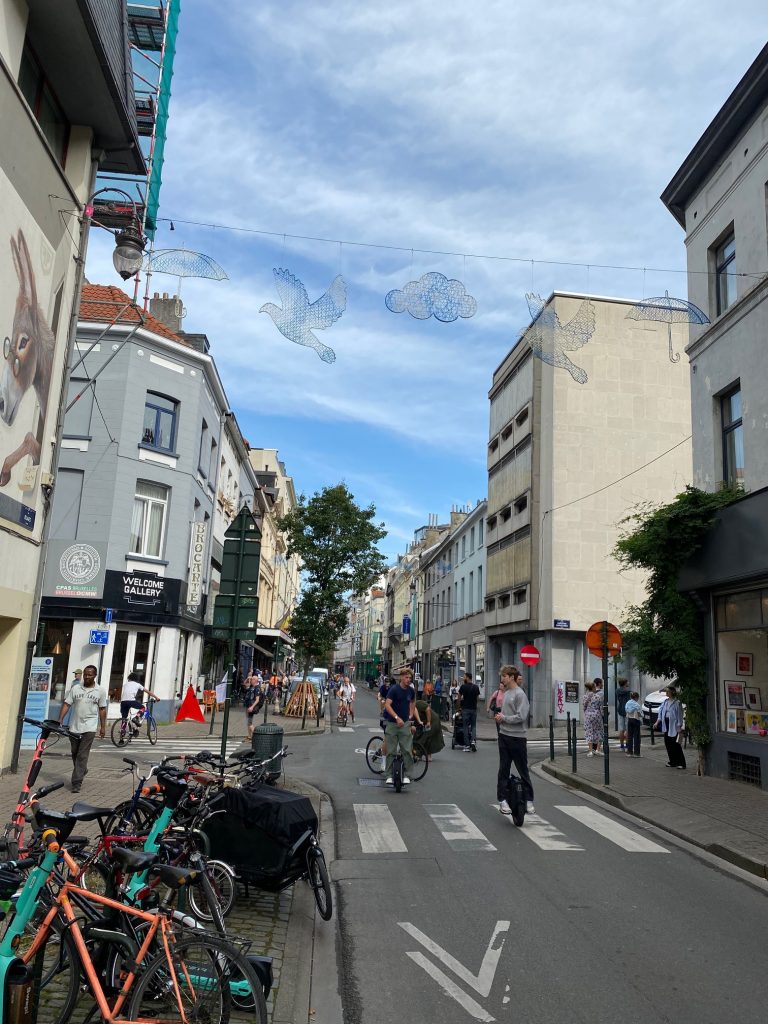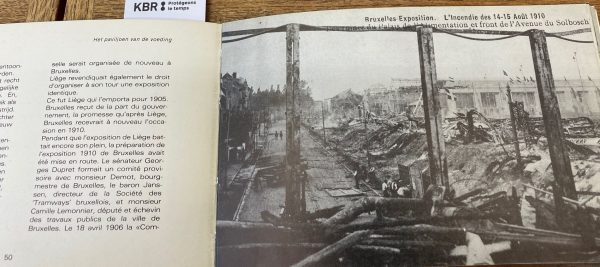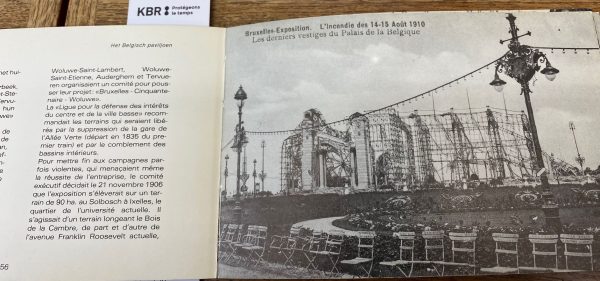When it comes to colors, nature has shown us the way forward for a long time. Before mankind „invented“ bionics, nature had opened up the full spectrum of colors. It took us thousands of years to understand how to recreate the colors of something technically rather simple like the rainbow. The colors continue to impress us independent of our cultural background. More interesting than, maybe the Atomium in Brussels, is the almost daily reproduction of a rainbow in a park in Brussels (park Bois de la Cambre). All it needs is a sunny day, water fountains and the right angle of observation. It is magic, but still simple science. Enjoy.






